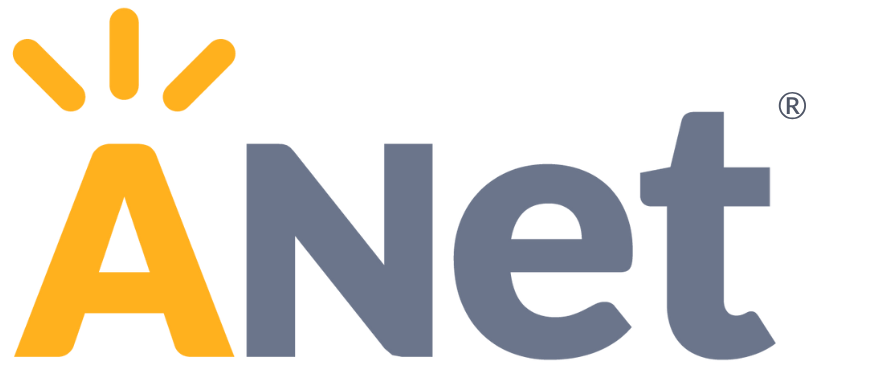Educators have a wealth of resources to choose from: professional books, curriculum guides, PD workshops and courses, conferences, the near-infinite internet. But the best opportunity for growth might be next door.
“As a teacher, it’s helpful just to ask a colleague how they’re approaching a topic,” says Matthew Dennis, an ANet coach in Illinois. “It’s critical to leaders, too. One leader seeks out advice from a peer who’s successfully dealt with a problem they’re facing right now. They can identify things they could do better, and they can see a way to make the changes they need to make.”
But at smaller schools and in smaller districts, educators often lack this vital resource.
“For my two schools in Chicago Heights, there aren’t a lot of options for peer support,” Matthew explains. “The district is suburban and even rural. Teachers have been in the district for quite a while, and there are very small school teams. In an environment like that, it can be difficult to develop new ways to approach challenges—and it can be even harder to take that leap and try something new without having a successful example to look to.”
Matthew knew that observing and interacting with peers would help Chicago Heights develop stronger instruction. “As a coach, the most valuable thing I could do was connect these educators with peers from other systems,” he recalls.
Creating a space for collaboration
For the past two years, Matthew has worked with leaders in Chicago Heights to create professional learning that would target the schools’ challenges. “The isolation teachers faced was apparent right away,” he recalls. “With text complexity, for example, teachers didn’t have peers who could show them how to plan based on pre-reading or model text-dependent discussion.”
“It’s easy to keep doing the same thing. And the leaders felt alone.”
The schools’ small sizes made adopting new practices difficult. “When there’s only one teacher teaching ELA per grade, it’s easy to keep doing the same thing,” Matthew explains. “And the leaders felt alone. They didn’t have anyone to turn to who had encountered the same situations—no one who could say, ‘Here’s what we did. Here’s what worked.’”
Matthew shared examples from other ANet schools as he helped leaders develop their professional learning plan.“Just that step was significant,” he says. “Creating a safe space to learn together and having the experience of others to guide us—it was a great foundation as we made our plan to approach key priorities.”
With more opportunities to collaborate, share, and ask questions, teachers gained confidence and understanding. “Now I see the value of working with complex texts several times a week,” one shared after a PL session.
Fostering collaboration among teachers and leaders
For the Chicago Heights leaders, Matthew became a partner and a resource. He brought additional partners onto the team, too: dedicated teacher-leaders who helped lead professional learning sessions.
“It’s bringing us together in service of the vision we have for our students.”
“We’re seeing a change,” says Mary Kay Entsminger, assistant superintendent for Chicago Heights. “The coherence and intention feels better than in the past. We’re working together: not just as school leaders, but teacher-leaders. It’s bringing us together in service of the vision we have for our students.”
Matthew agrees. “Our teacher-leaders are helping the ELA team understand what text complexity means and why it’s important to get kids doing the heavy lifting in discussions,” he says. “Teachers are seeing themselves as part of a team, across grade levels, because we’re all working on the same priorities, whether it’s kindergarten or eighth grade. This is a game-changer for teachers who don’t have a whole group of grade-level teachers alongside them.”
Growing through partnership
With a strong, unified leadership team to lean on, teachers are making changes with greater confidence. They’re trusting each other—and the leadership team, in turn, is trusting the experience of other leaders. “It doesn’t have to matter that there isn’t a huge team,” Matthew says. “We’re looking at schools in districts across the state—even across the country. We’re saying, ‘A school like ours has been where we are, and they’ve gotten where we want to go. How can we do what they’ve done?’”
“It’s triggering further change for students to get access to the best education possible. ”
It’s about partnership and trust, he says, and it’s driving change. “The ability to see this on a district level is so compelling,” he reflects. “To sit alongside a superintendent and hear how she’s seeing teachers change, and to hear from teachers the difference it’s making—and then, in turn, to see it in the classroom. Collaboration has been a catalyst for growth for leaders and teachers, and it’s triggering further change for students to get access to the best education possible.”
Learn more about how we can boost your professional learning on our webpage.
